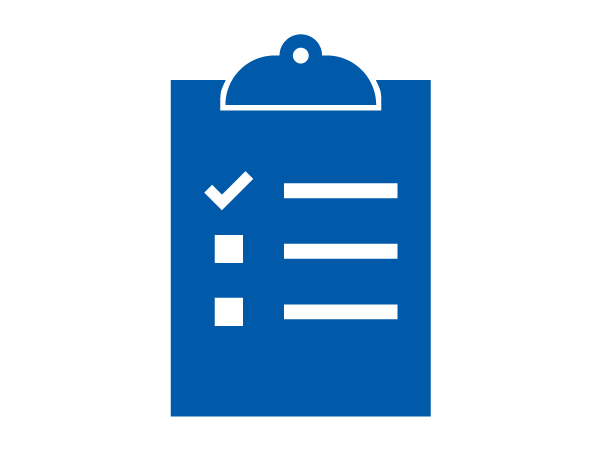Early childhood education plays a crucial role in your child’s educational journey. As the world changes, different trends help address various issues and challenges faced in early childhood education. Staying current with emerging trends can give you more insight into what’s going on in this education sector.
We have to remember that early childhood education prepares children for their educational journey from kindergarten to class 12. It helps them develop the necessary skills needed to utilize learning opportunities. However, the educational needs of children are changing every day. As a parent, you want to know that your child is getting the best start in their school life. By staying on top of these emergent trends, you can stay informed about what types of learning the school is using and what might be best for your child.
What is Early Childhood Education?
Early childhood education describes the period of learning between birth and when a child turns eight years old. It is a crucial time for them because they learn many things such as how to interact with other children, older & younger, their peers, teachers, and other adults. During this time, they also start developing interests that will stay with them all their lives. There are different types of early childhood programs; the curricula and approaches often vary, but there are commonly agreed-upon standards for the types of learning addressed here.
You may think that early childhood education is only about learning basic skills; however, it’s a lot more than that. It’s a time when your child learns critical social and emotional skills and forms a partnership with other children, their teachers, and you. When done successfully, it lays the proper groundwork for these skills to continue throughout primary school and beyond.
Many early childhood education initiatives aim to improve quality and provide increased access to preschool education. Children who don’t get a preschool education can have a hard time in kindergarten as they are unprepared, unlike their counterparts. This can also negatively impact their learning and cause other undesired outcomes such as repeating a class or even dropping out. Given how essential early childhood education is, new initiatives are being proposed, evaluated and implemented to help combat some of the systematic weaknesses in early childhood education and stay current with changing educational needs. Here are a few of these emerging trends in early childhood education.
1. Increased Recognition of the Importance of Early Childhood Education
Early childhood education introduces early literacy concepts that help prepare children for the reading, writing, and numeracy skills they will learn as they further their studies. By exposing them to letters, numbers, sounds, simple words and stories, teachers can help build their literacy and numeracy skills. As the teacher reads stories, the children can engage in interactive dialogues about what’s happening in the story. These activities help develop your child’s listening and speaking skills and help them get familiar with the concepts of print. These include reading from left to right, understanding that words communicate messages, and comprehending that the illustrations match the words.
Studies have shown that vocabulary differences start as early as one and a half years and that 75 per cent of children who have preschool education score higher on IQ and achievement tests than children who didn’t go to preschool. This has led to an increase in funding for early childhood education initiatives with parents becoming more willing to invest in childcare and pre-k as they have seen the difference it makes.
2. There’s More Assessment of Young Learners
For a long time, testing in primary, middle, and secondary schools has been used to assess how teachers and learners perform. Now, preschools may implement these measures to evaluate your child’s readiness for kindergarten or identify any problem areas. A wide range of learning assessments is available to gauge your child’s abilities. These include standardized tests to evaluate their development and intelligence, language, vision, hearing, and speech tests as well as observing the child’s behaviour.
These tests could offer more insight into how your child’s learning is progressing, allow for early intervention to address problem areas, and even help identify and enable gifted children to receive specialized attention to reach their full potential.
3. Steady Growth in Early Childhood Education
Parents are becoming more aware of the positive impact early childhood education has on their children. This has increased the enrollment of children in preschools. This influx of children has led to more job opportunities and steady employment opportunities for preschool teachers; a trend that will continue.
4. More Focus on Physical Fitness
Childhood obesity has plagued young children all over the world. As more efforts are made to help fight it, these efforts have reached the preschool environment. Now there is more focus on learning through movement and play. By engaging in these extra-curricular activities, children can get a healthy start with some preschools offering training in lifetime sports such as swimming, running, dancing, and even martial arts.
This advocacy for the inclusion of movement and play in learning has other advantages. Through play, your child can explore, create and grasp information in a fun way. Including play in a child’s day increases their well-being and builds healthy habits for the future. Incorporating play into learning boosts their physical and cognitive development as well as their learning potential.
5. Increased Integration of Technology in Learning
Living in this digital era, it comes as no surprise that technology has found its way into preschool. Now learners are expected to have fundamental technological skills such as knowing how to use the internet to get information. A common pedagogical issue facing early childhood education is integrating technology into preschool and play-based learning effectively. This challenge has been solved using iPads and other touch or swipe devices through which children can play educational games and engage in learning.
6. Increased Demand for Teachers to Have More Qualifications
Given the surge in popularity and its critical role in a child’s education, more childcare centres and preschools are looking for applicants with higher qualifications. Now applicants with bachelor’s degrees in early childhood education are in high demand. An associate degree might provide access to entry-level opportunities; however, an advanced degree attracts higher compensation and can make the difference between a teacher getting a job offer or getting rejected. Most schools now require their preschool faculty to have bachelor’s degrees along with other child care credentials. This increased demand for more qualified teachers assures parents that preschools acknowledge how important it is to give your child the most excellent start in their schooling.
7. Changing Demographic Patterns Call for New Investments and Teaching Approaches
There has been an increase in families where both parents are working and in single-parent homes. These changes have triggered increased, affordable childcare options. On top of that, there is an increase in the number of children from families whose first language isn’t English meaning there’s an accompanying need for more diverse teaching approaches. A need for the incorporation of new teaching approaches is also driven by millennial parents who are more attuned to the digital environment and as such expect that their children will receive an education that will allow them to be connected too.
Early childhood education helps build a firm educational foundation for your child. As they grow, it’s essential to know the different learning methods and approaches being used. This way, you can make the best choices and decisions when it comes to their learning.























